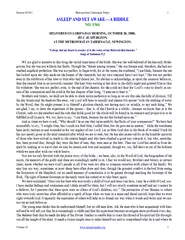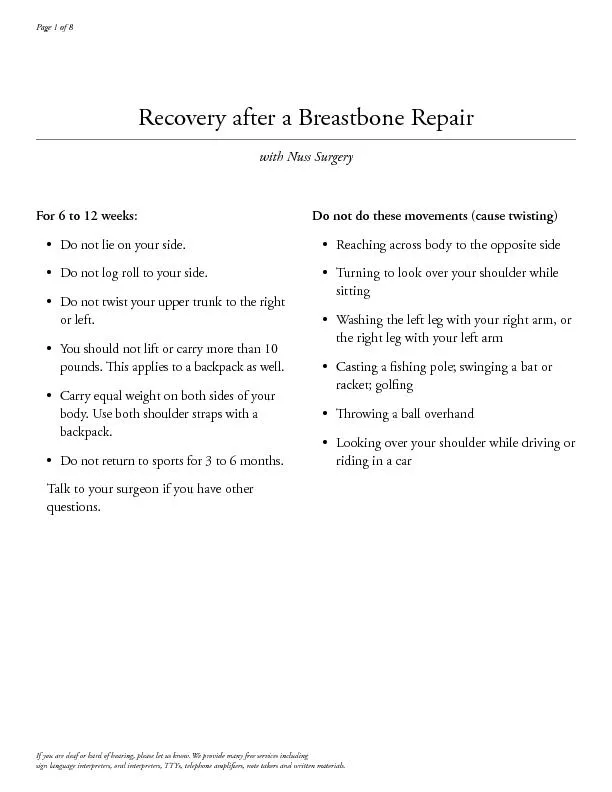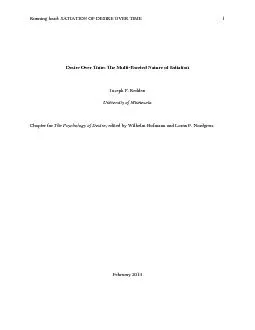PPT-You’re not in OVER your HEAD yet
Author : chipaudi | Published Date : 2020-06-24
Patrick McNamara 3 rd Year DPT Student UNC Chapel Hill ACE Personal Trainer Outline Normal shoulder biomechanics Role of musculature in overhead motion Common injuries
Presentation Embed Code
Download Presentation
Download Presentation The PPT/PDF document "You’re not in OVER your HEAD yet" is the property of its rightful owner. Permission is granted to download and print the materials on this website for personal, non-commercial use only, and to display it on your personal computer provided you do not modify the materials and that you retain all copyright notices contained in the materials. By downloading content from our website, you accept the terms of this agreement.
You’re not in OVER your HEAD yet: Transcript
Download Rules Of Document
"You’re not in OVER your HEAD yet"The content belongs to its owner. You may download and print it for personal use, without modification, and keep all copyright notices. By downloading, you agree to these terms.
Related Documents














